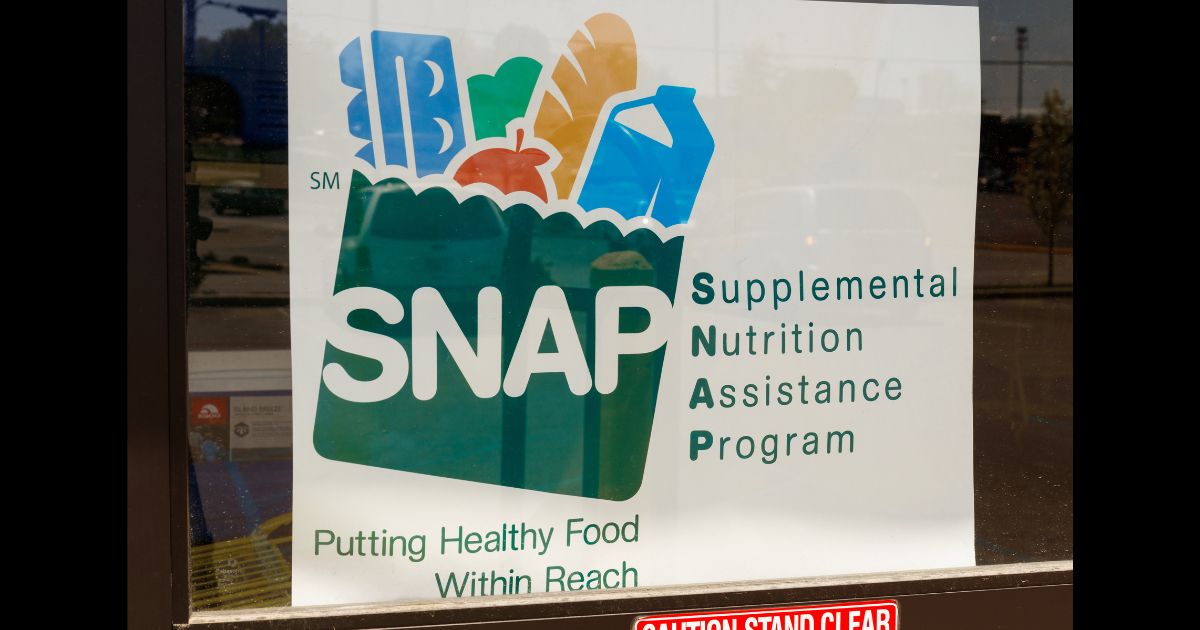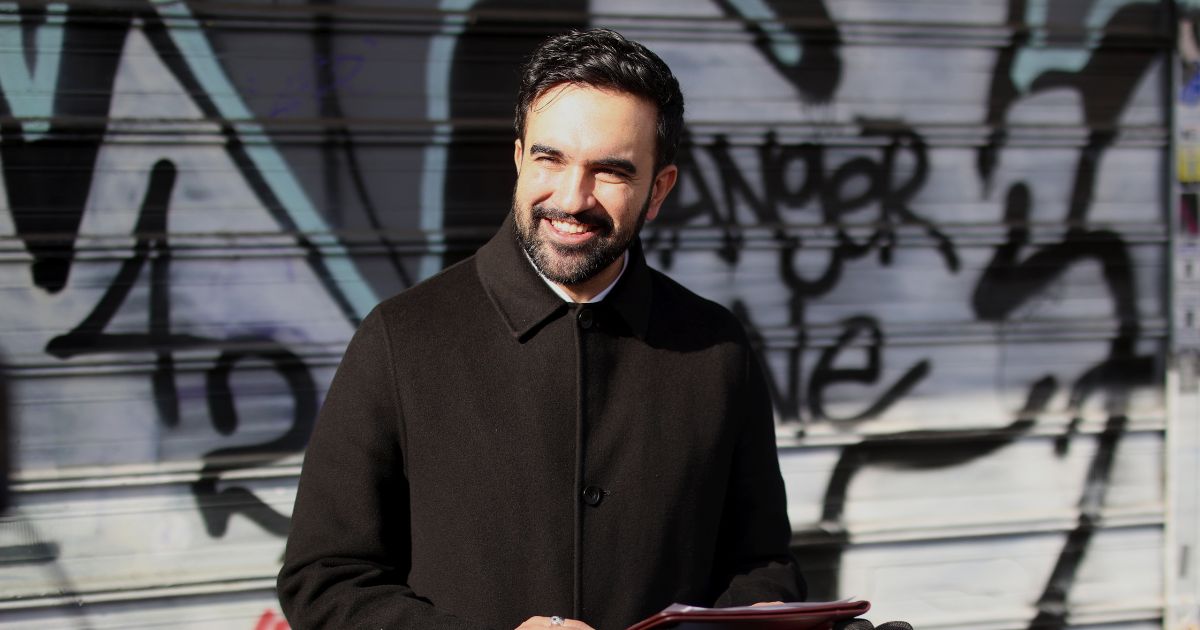‘Equity’ Cameras Go Live in California – If You’re Not Low Income, Prepare to Pay
San Francisco has initiated a new traffic camera program that aims to provide reduced fines for low-income residents and those receiving public assistance. As of last month, 33 new cameras have been activated, but no citations will be issued for teh first two months; drivers will receive warnings instead. After this period, fines will vary based on income levels. For example, a driver speeding between 11 and 15 miles per hour over the limit would normally face a $50 fine, but this fee decreases to $25 for low-income individuals and to $10 for those on public assistance. The structure of fines continues to favor lower-income drivers, offering significant reductions even for serious offenses.This program has sparked criticism, as some argue that different penalties for the same offense based on income could foster inequality and encourage reckless driving behaviors among those facing lighter penalties. The initiative is divided into various tiers that aim to benefit individuals below 200 percent of the federal poverty level. Critics are concerned it may undermine the deterrent effect of fines on speeding, thus compromising road safety.
San Francisco launched a controversial new traffic camera program through which residents with low incomes or receiving government assistance will receive substantial discounts in fines.
City authorities turned on 33 new cameras last month, according to KABC-TV in Los Angeles, yet they will not give out citations for the first two months of the program. Instead, drivers will receive warnings during that time.
Once citations do start, however, the income level of the driver will determine how much he or she will pay.
The San Francisco Municipal Transportation Agency revealed on its website that the fees, as mandated by state legislation, differ quite a bit based on poverty level.
For example, drivers caught going between 11 and 15 miles per hour over the speed limit will ordinarily receive $50 fees, but if they are “low-income,” they will pay $25, and if they are on “public assistance,” the fee will drop to $10.
That pattern extends into much higher fines.
The normal fee for driving between 16 and 25 miles per hour too fast is $100 for most people, but it is $50 for “low-income” and $20 for “public assistance.”
The rate for anyone going 26 miles per hour or more over the speed limit increases to $200, but it drops to $100 and $40 respectively for less privileged drivers.
Anyone going more than 100 miles per hour can expect to be fined a whopping $500, unless they happen to be “low-income” or are on “public assistance,” after which the fees once more fall to $250 and $100 respectively.
The San Francisco Municipal Transportation Agency even has another webpage showing residents how they can “access low-income transit fares and fee waivers.”
“SFMTA offers a number of discounts on transit fares and parking related fees for low income customers with a gross annual income,” the agency emphasized.
The rates benefit those below 200 percent of the federal poverty level.
Some critics of the program asserted that charging different fines based on income for the same offense is inherently unjust.
San Fancisco is launching a new “equity” speed-cam program, backed by Gov. Newsom. pic.twitter.com/Vtw324kDM0
— Thomas Sowell Quotes (@ThomasSowell) April 1, 2025
An opinion piece in the Staten Island Advance warned that traffic cameras have already proven unpopular in New York City, predicting that the initiative would be similarly hated in San Francisco, especially given the purported equity angle.
“If you’re caught driving too fast, you have to pay a penalty because you’ve made the roads less safe for your fellow humans,” the article noted. “The fine is supposed to sting a little bit. It’s supposed to discourage you from driving too fast in the future. Otherwise, why bother?”
“But how does that square with letting some people largely off the hook for their offenses?
“It doesn’t. In fact, it might encourage some people to keep speeding,” the article added. “And it shows that only some of us, people of means, are responsible for safer roads.”
“As if people with middle class incomes don’t already pay their fair , and more, to the government in the form of an entire constellation of taxes and fees,” the outlet observed.
Advertise with The Western Journal and reach millions of highly engaged readers, while supporting our work. Advertise Today.
" Conservative News Daily does not always share or support the views and opinions expressed here; they are just those of the writer."




